
AeroGenie — 您的智能副驾驶。
热门趋势
Categories
Air Taxis and Urban Mobility Challenges in India
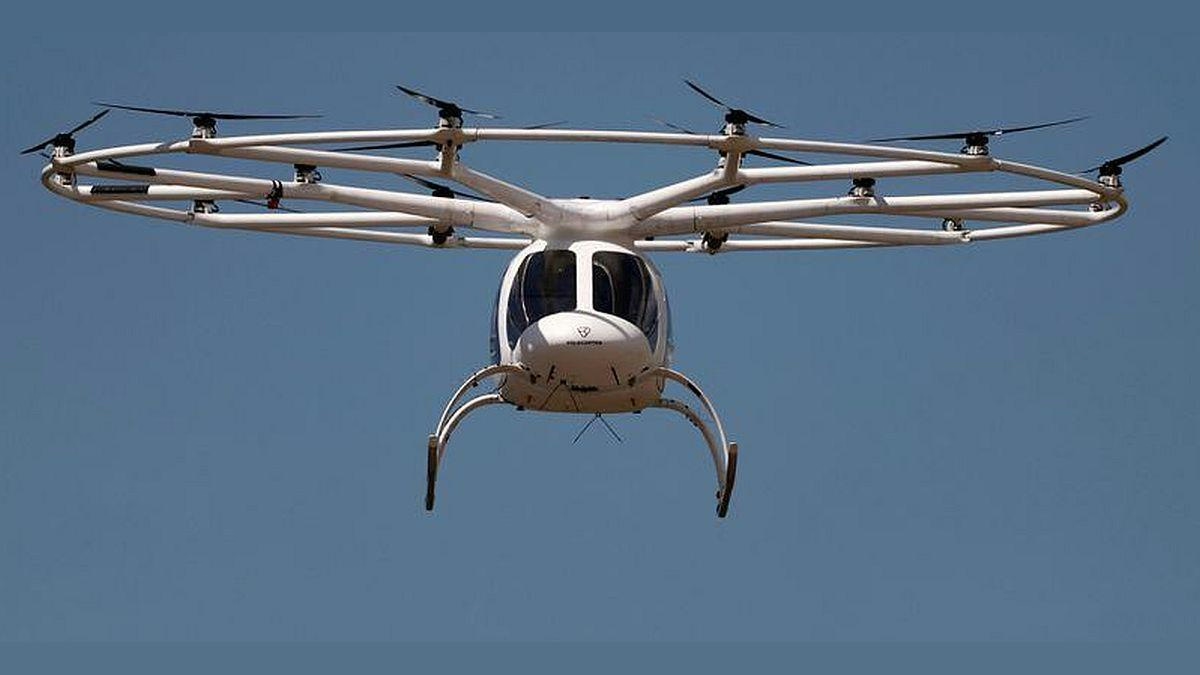
Air Taxis and Urban Mobility Challenges in India
India’s ambition to introduce air taxis is gaining significant momentum amid a global trend toward regulatory convergence. However, the journey toward operational air taxi services is beset by numerous challenges, particularly in infrastructure development, affordability, and governance. Despite substantial investments in metro rail networks and expressways, Indian cities continue to grapple with severe congestion, fragmented public transportation systems, and the neglect of bus and water transit options. This paradox—where high-profile infrastructure projects coexist with underdeveloped basic transit—highlights the intricate and multifaceted nature of India’s urban mobility landscape.
Regulatory Advances and Industry Momentum
The concept of air taxis, which promises to circumvent ground-level traffic congestion, has captured the attention of policymakers and private sector stakeholders alike. Prime Minister Narendra Modi’s recent announcement, supported by Civil Aviation Minister Kinjarapu Rammohan Naidu’s declaration that air taxi trials will commence in Delhi, Mumbai, and Pune by 2026, has generated considerable enthusiasm and investment. In September 2024, the Directorate General of Civil Aviation (DGCA) issued comprehensive guidelines for the design, operation, and authorization of vertiports to accommodate electric Vertical Take Off and Landing (eVTOL) aircraft. This was followed by an advisory on airworthiness certification, signaling a coordinated effort among regulators, state governments, airport operators, and investors to transition air taxis from concept to reality.
International developments further underscore this momentum. In April 2025, aviation authorities from Australia, Canada, New Zealand, the United Kingdom, and the United States published a Roadmap for Advanced Air Mobility (AAM) Aircraft Type Certification. This initiative aims to harmonize certification standards for air taxis and cargo drones through a staged convergence approach. Rather than imposing a universal rulebook, the roadmap advocates for performance-based requirements, resolution of divergent standards, and mutually accepted compliance measures. Such alignment is expected to facilitate multi-authority validation processes and accelerate the global adoption of air taxis, including in India.
Infrastructure, Integration, and Public Perception Challenges
Despite regulatory progress, India faces formidable obstacles in developing the necessary infrastructure to support air taxi operations. The establishment of vertiports, charging stations, and integration with existing urban transport networks remains a significant challenge. Public skepticism persists, fueled by concerns over safety, environmental impact, and the affordability of air taxi services. Moreover, the fragmented nature of urban planning and governance in Indian cities complicates efforts to achieve seamless integration of air taxis into the broader mobility ecosystem.
Market responses reflect a blend of optimism and caution. Companies such as Alef Aeronautics, Joby Aviation, Lilium, and Archer are advancing from prototype development to operational readiness. Their success, however, depends heavily on the establishment of robust regulatory frameworks and comprehensive urban planning strategies. These competitors are prioritizing technological innovation, regulatory compliance, and strategic partnerships to navigate the complex challenges inherent in this emerging sector.
Ultimately, the realization of air taxis as a transformative solution for urban mobility in India will require more than regulatory alignment. Addressing foundational issues related to infrastructure, affordability, and governance is essential. Without such reforms, air taxis risk remaining an expensive experiment rather than a viable and inclusive mode of urban transportation.
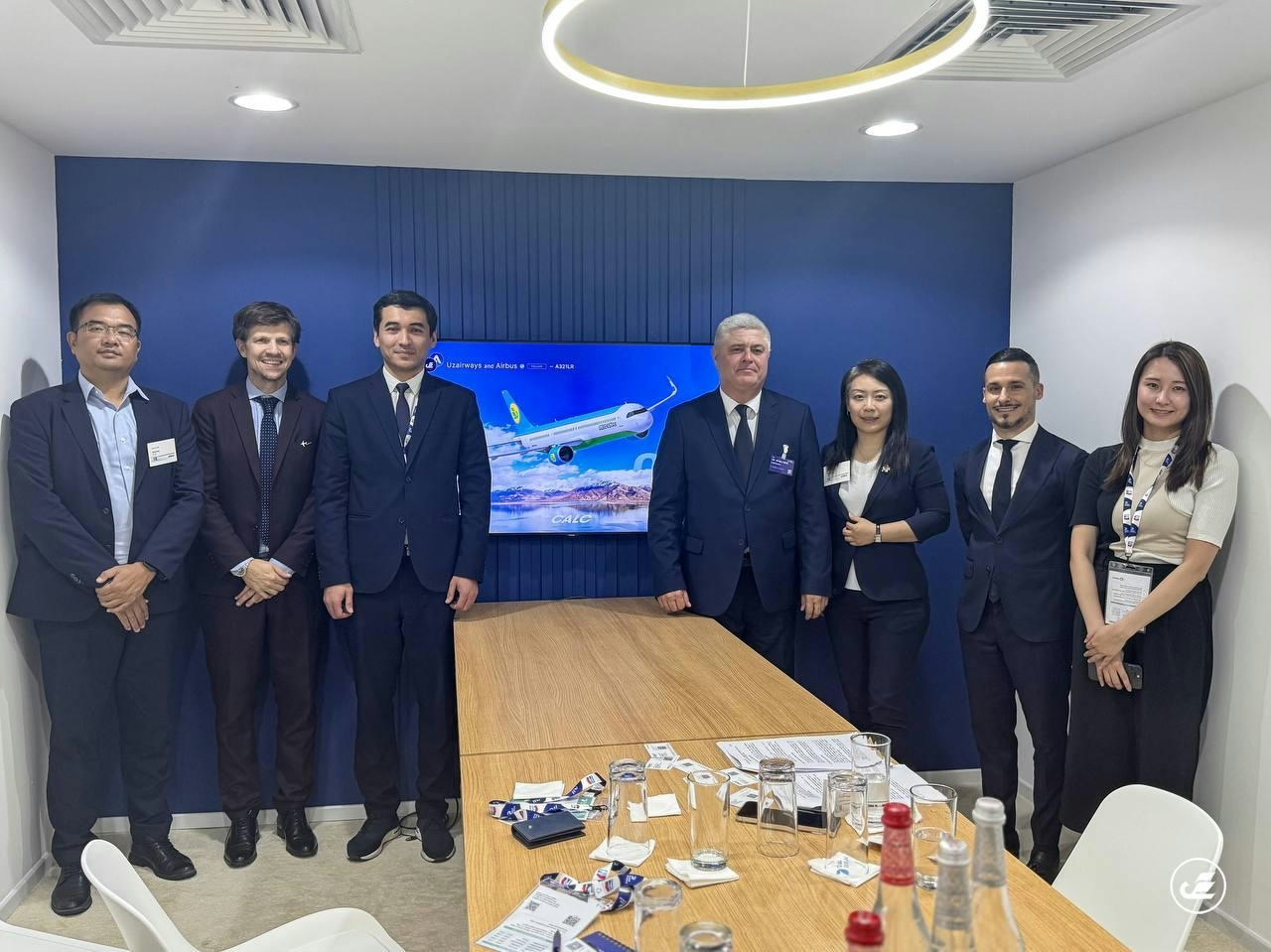
Uzbekistan Airways to Lease Six Additional A321neo Aircraft

What to Know Before Flying on the Airbus A350 XWB
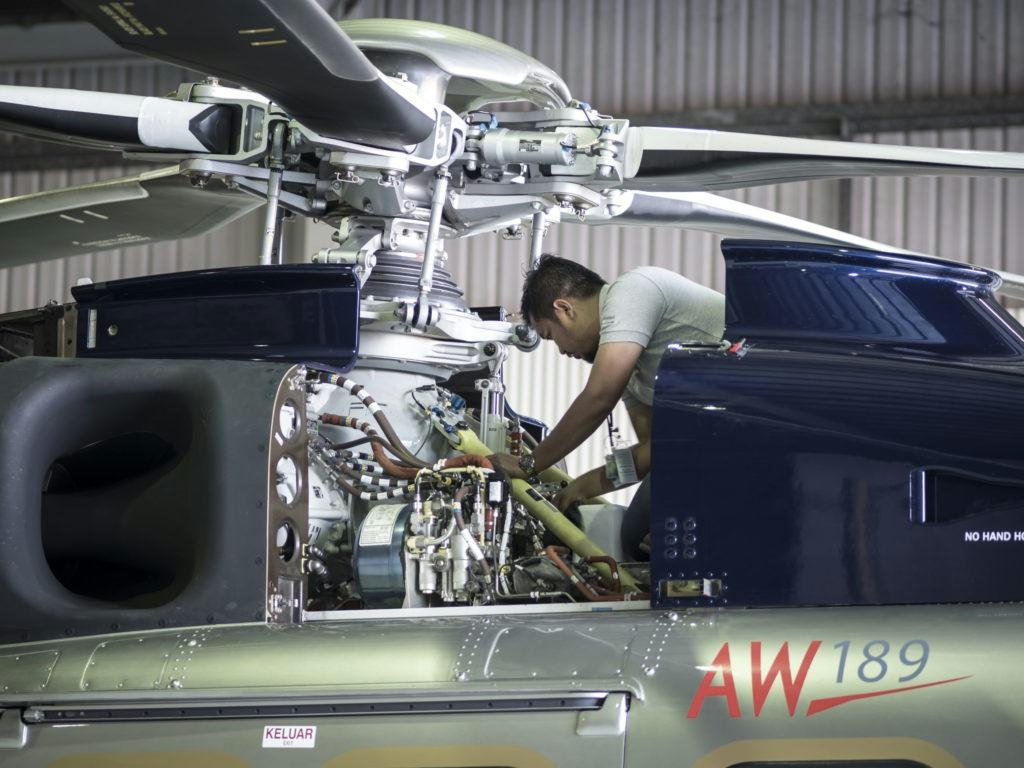
Elevate Aviation Group Expands Maintenance Services
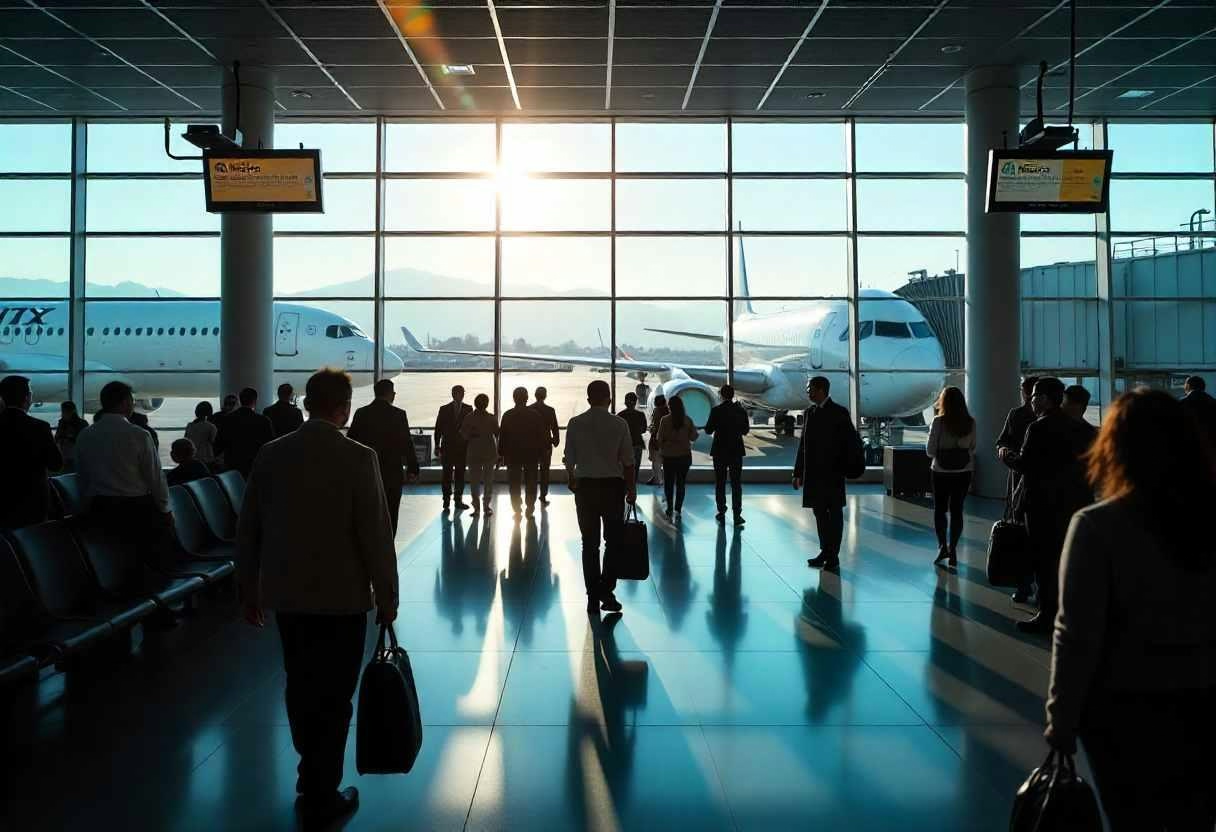
AICM Slot Allocations Move to US Airlines, Report Says
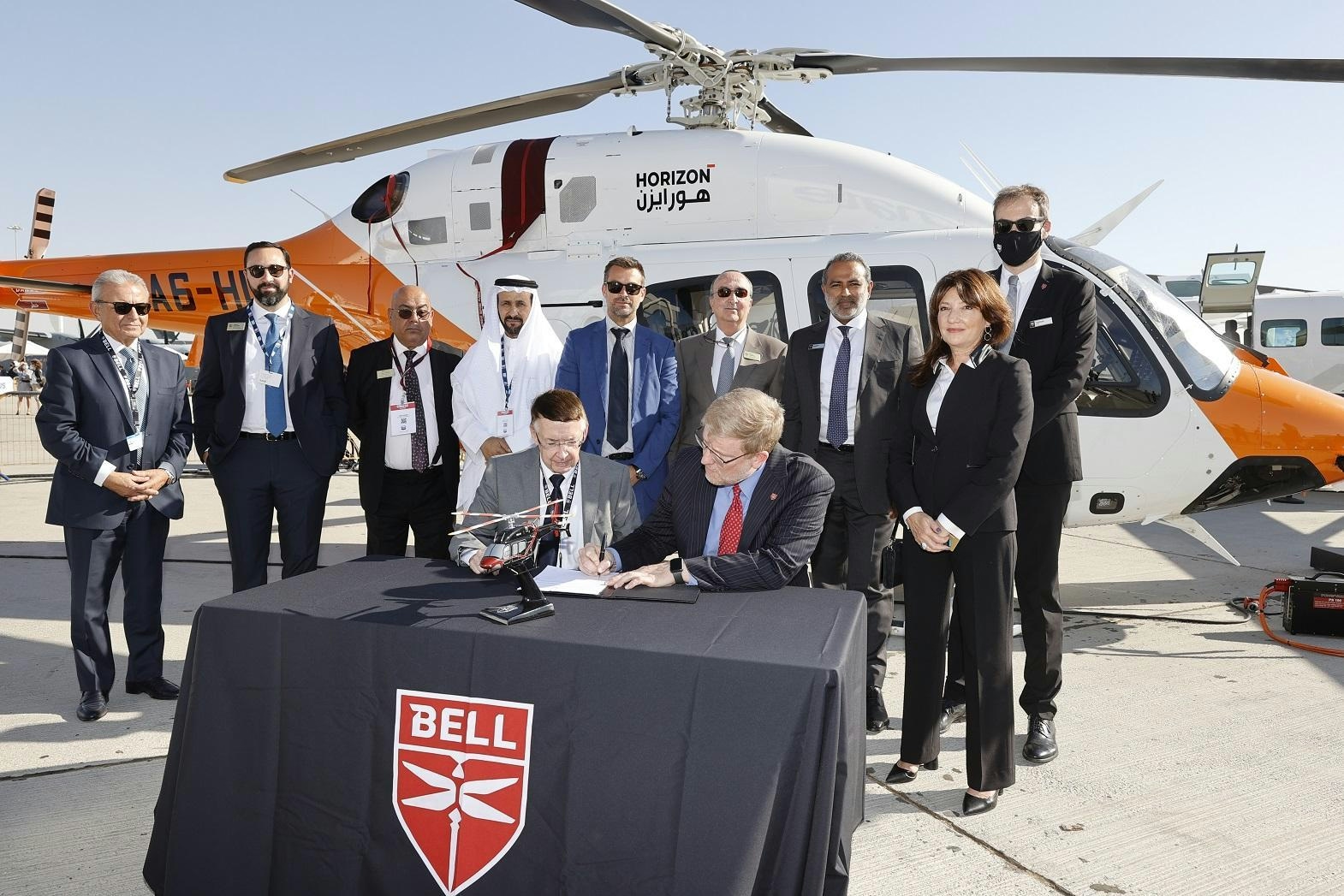
Abu Dhabi Aviation and Honeywell Enhance Helicopter Maintenance Services in UAE
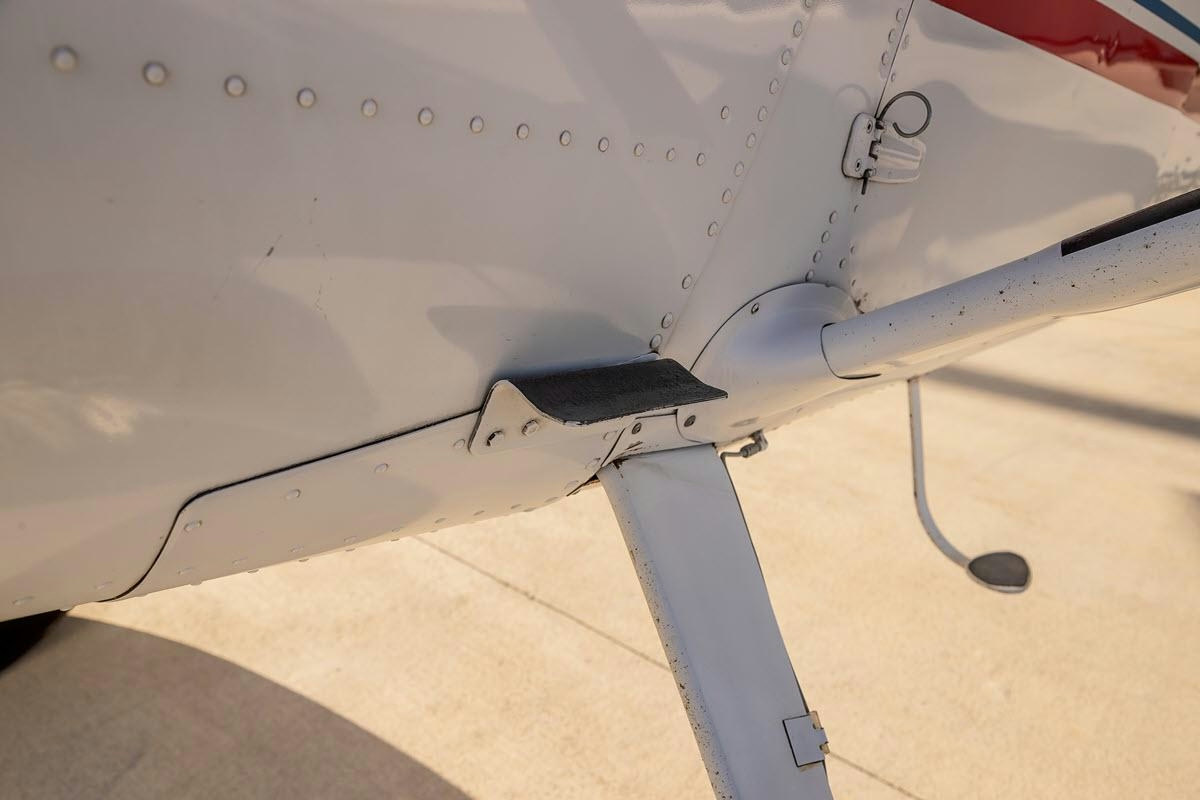
McFarlane Aviation Acquires P. Ponk STCs for Legacy Cessna Aircraft
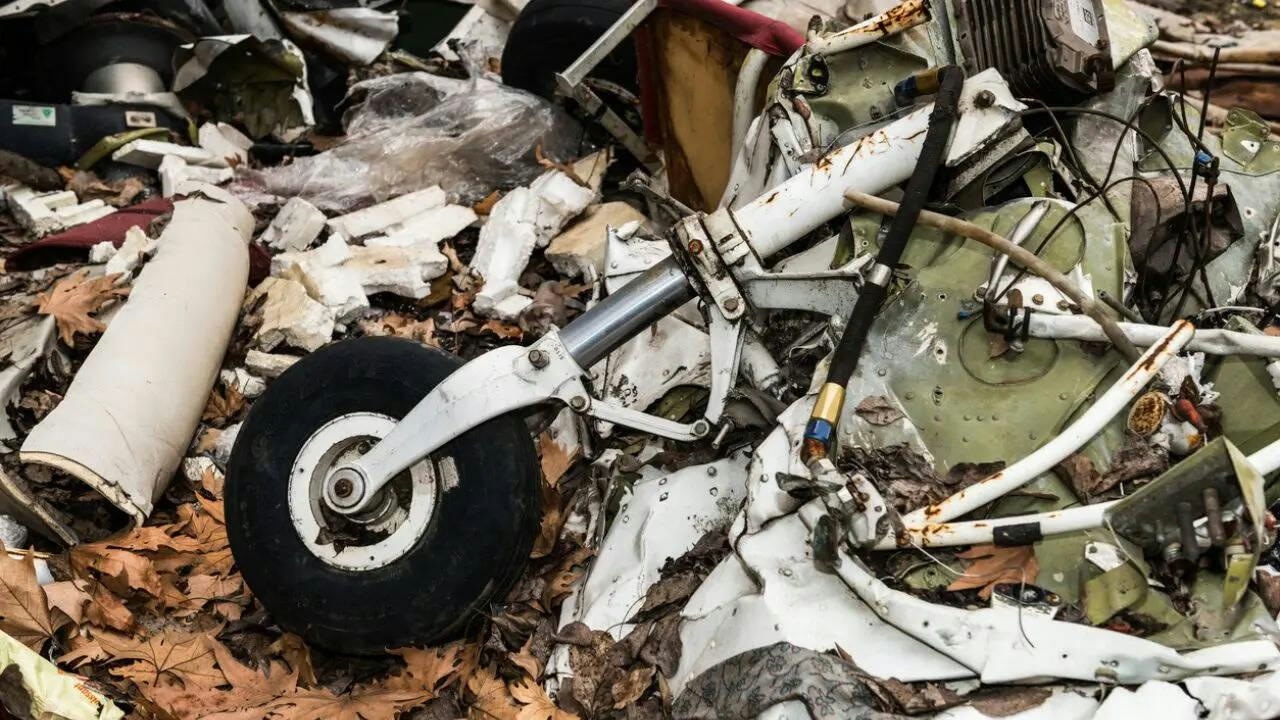
NTSB Releases Preliminary Report on UPS Plane Crash Involving Engine Separation
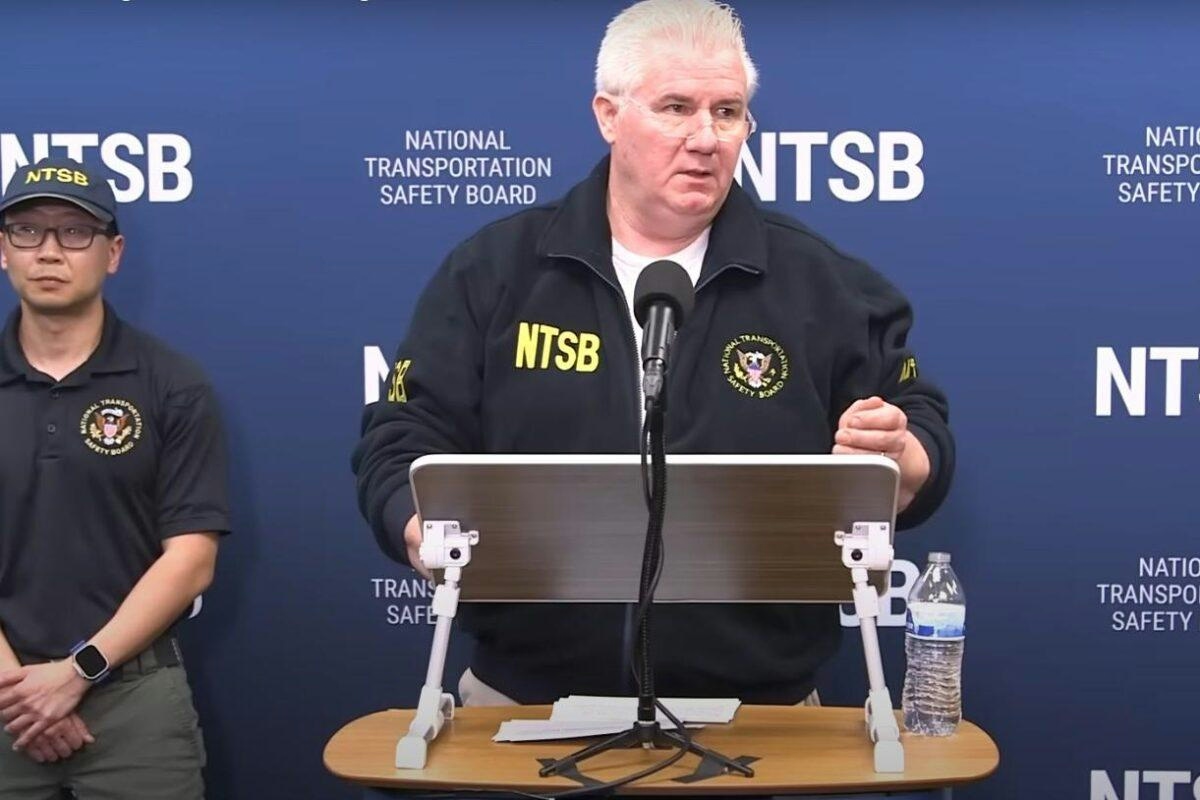
NTSB Investigates Pylon Fatigue Cracks in UPS Flight 2976 Engine Separation
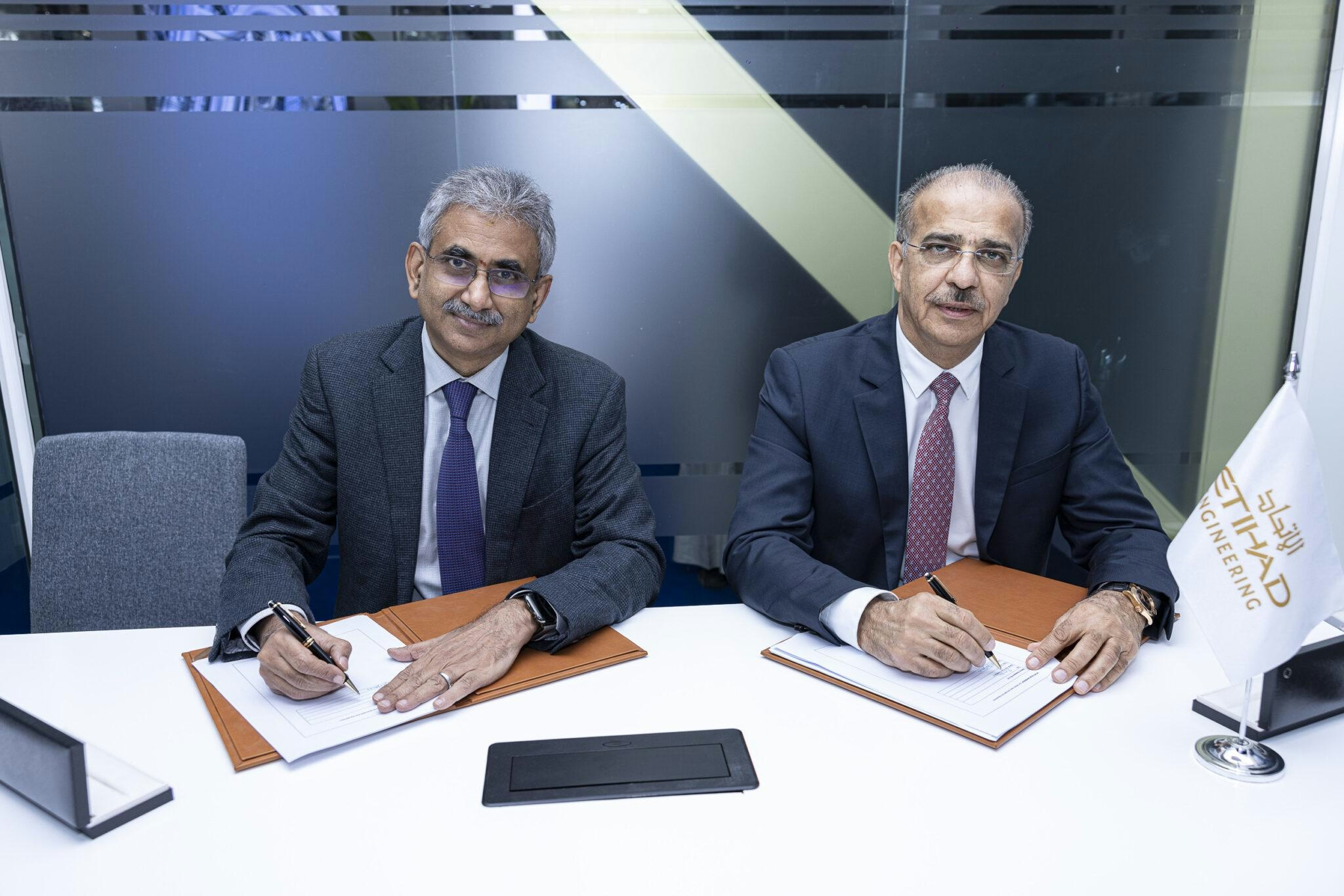
EDGE Strengthens UAE Aerospace Sector Through Partnership with Etihad Engineering
